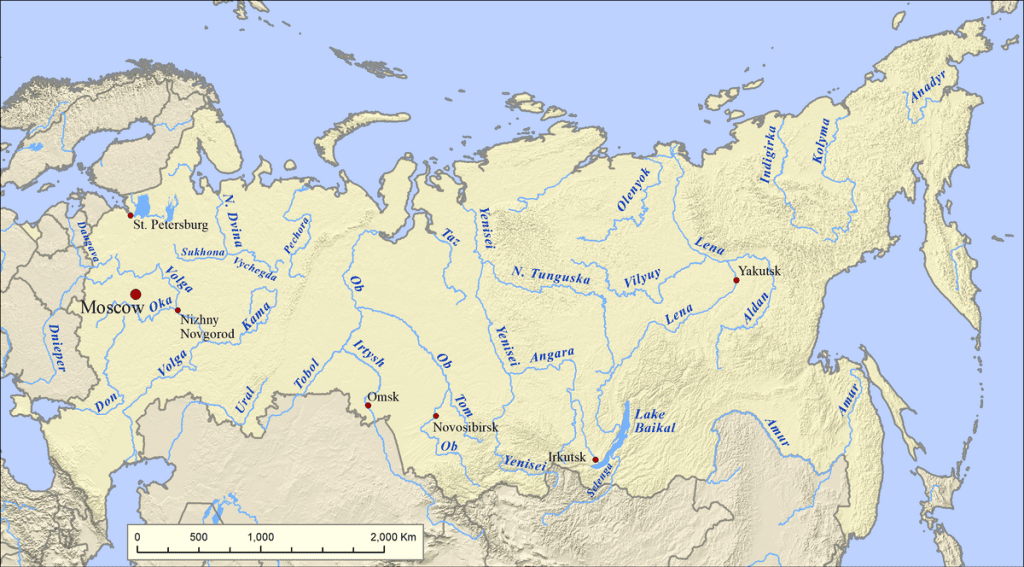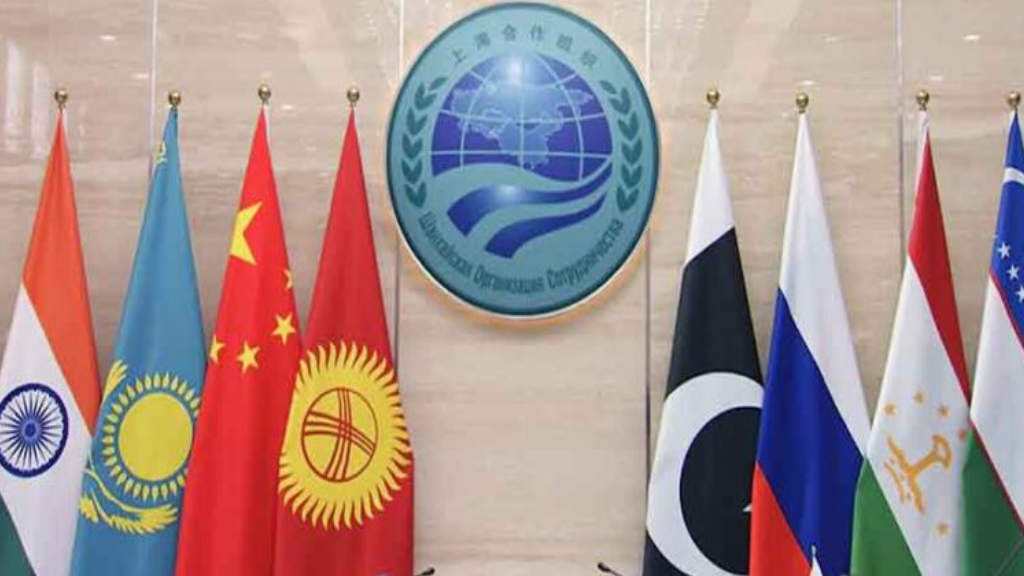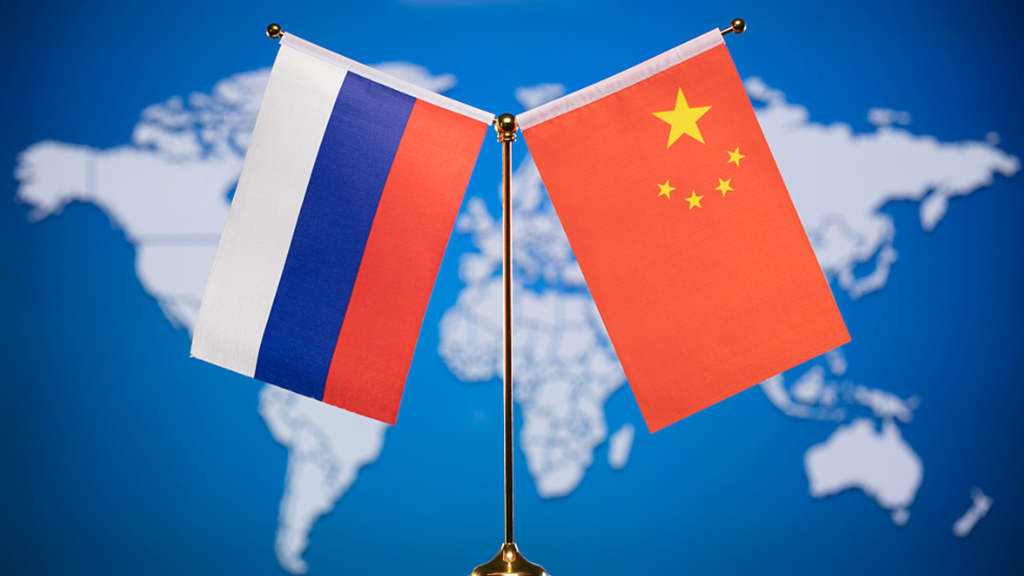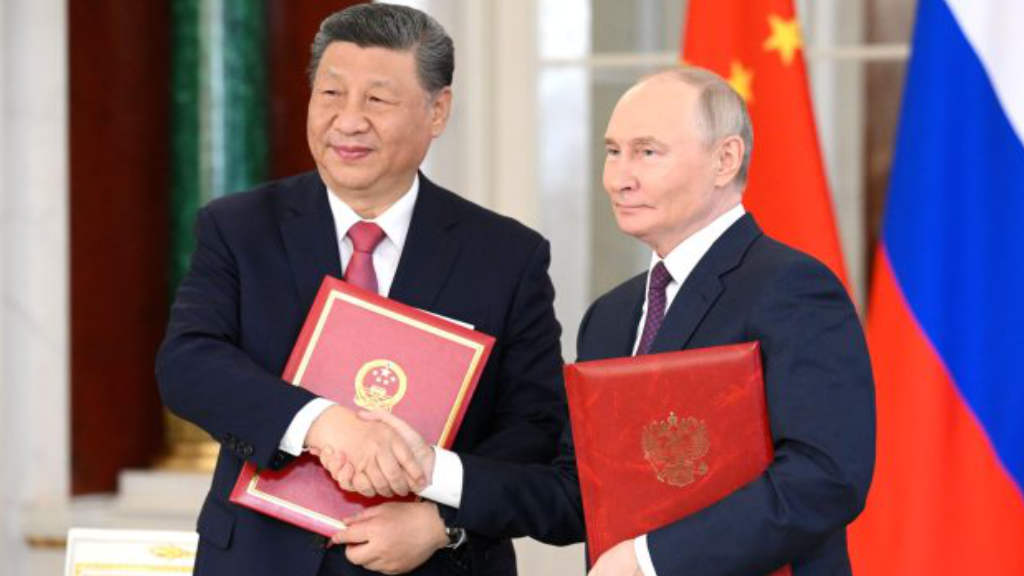The Ob, Irtysh, Lena, and Yenisei Rivers are all to be developed to access the Northern Sea Route
Russia’s Federal Agency for Maritime and River Transport (Rosmorrechflot) and Rosatom are to jointly create logistics hubs on the Ob, Irtysh, Lena and Yenisei rivers, with the aim to give improved access to the Northern Sea Route (NSR).
Russia possesses some of the largest rivers in Eurasia, with some of them crossing borders into countries such as China, and is expected to improve Russian internal connectivity to Asian markets via the NSR. The new initiative was announced by Andrei Tarasenko, the head of Rosmorrechflot, following discussions with Russian Prime Minister Mikhail Mishustin.
The project is aimed at developing river freight transport and reducing the load on railways in Russia’s east. Currently, Russia’s largest and easily navigable rivers such as the Ob, Irtysh, Lena, and Yenisei are not used to their full extent.
Tarasenko said that “Cargo turnover on these rivers has been falling because there are no logistics hubs or stevedores that should organise and accumulate cargo, and provide cargo services. Many companies have received licenses, they have deposits, but they do not have or have not yet built logistics. Therefore, today we are negotiating with Rosatom on the creation of certain hubs on such Arctic and northern rivers that will accumulate cargo and go out onto the Northern Sea Route.”
Tarasenko added that a multimodal logistics hub would be created on the Amur River, along the border with China. He emphasised that the creation of river logistics hubs is a priority task for Rosmorrechflot, and said that “Today, we are talking with the railway workers, with all the stevedores, that these rivers should all be connected to NSR ports. There should be multimodal hubs based on river ports, in which the sea ports are also interested, and should participate in its construction, and provide them with cargo.”

Rosmorrechflot also plans to launch river hubs in Tatarstan, the Samara region, Perm Krai and the Moscow region. The exact amount of funding for the project has not yet been determined, but it is expected that its implementation will be carried out through various sources – meaning government and the private sector.
These are exactly the sorts of investment projects that Russian Oligarchs and local businessmen should be investing in as they are excellent cash flow operations. The development of numerous Chinese entrepreneurs who became involved in their infrastructure build is a primary example. Many have now expanded beyond China and are now involved in infrastructure investments as part of the Belt & Road Initiative. Some of these businesses can now be classified as MNCs. Russian investors, now looking for domestic opportunities, should be taking note.
Further Reading
Russia, China Extend Far East Cargo Routes To Include Cross-Border River Transport





